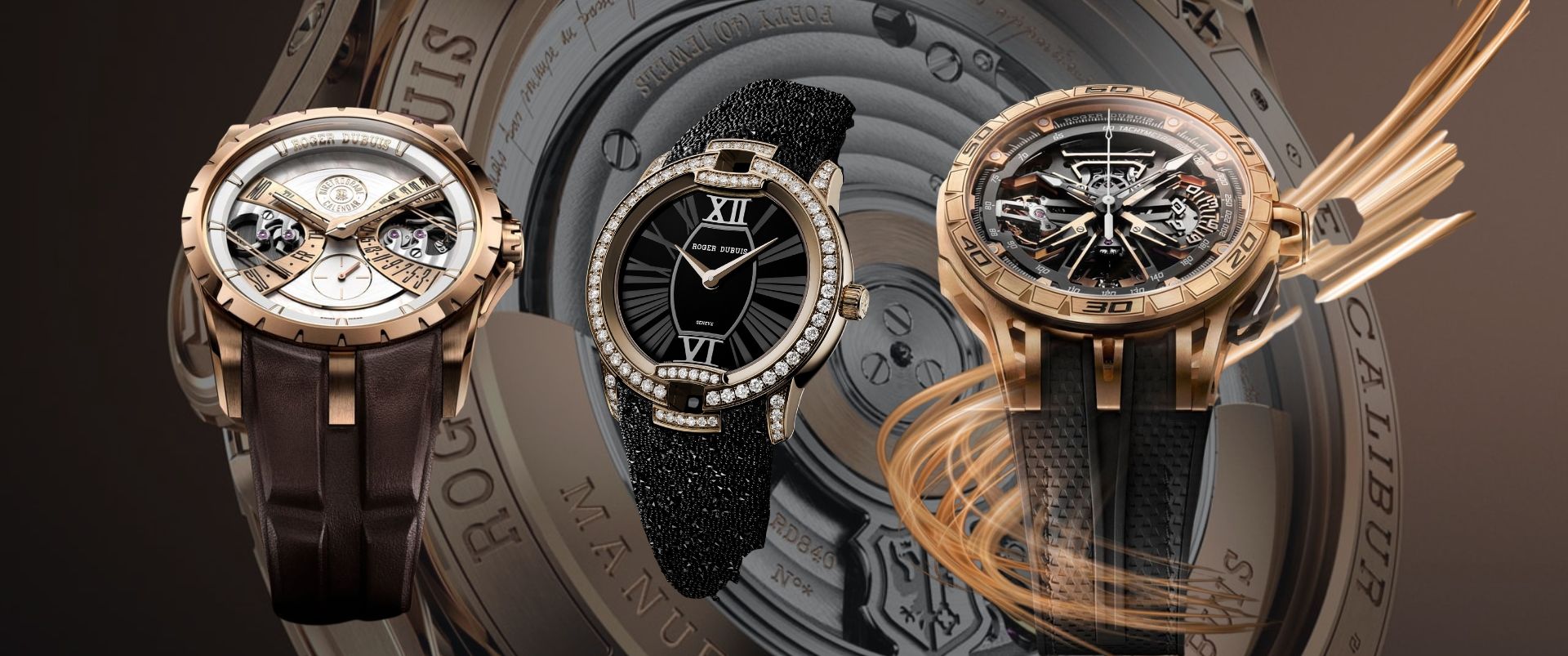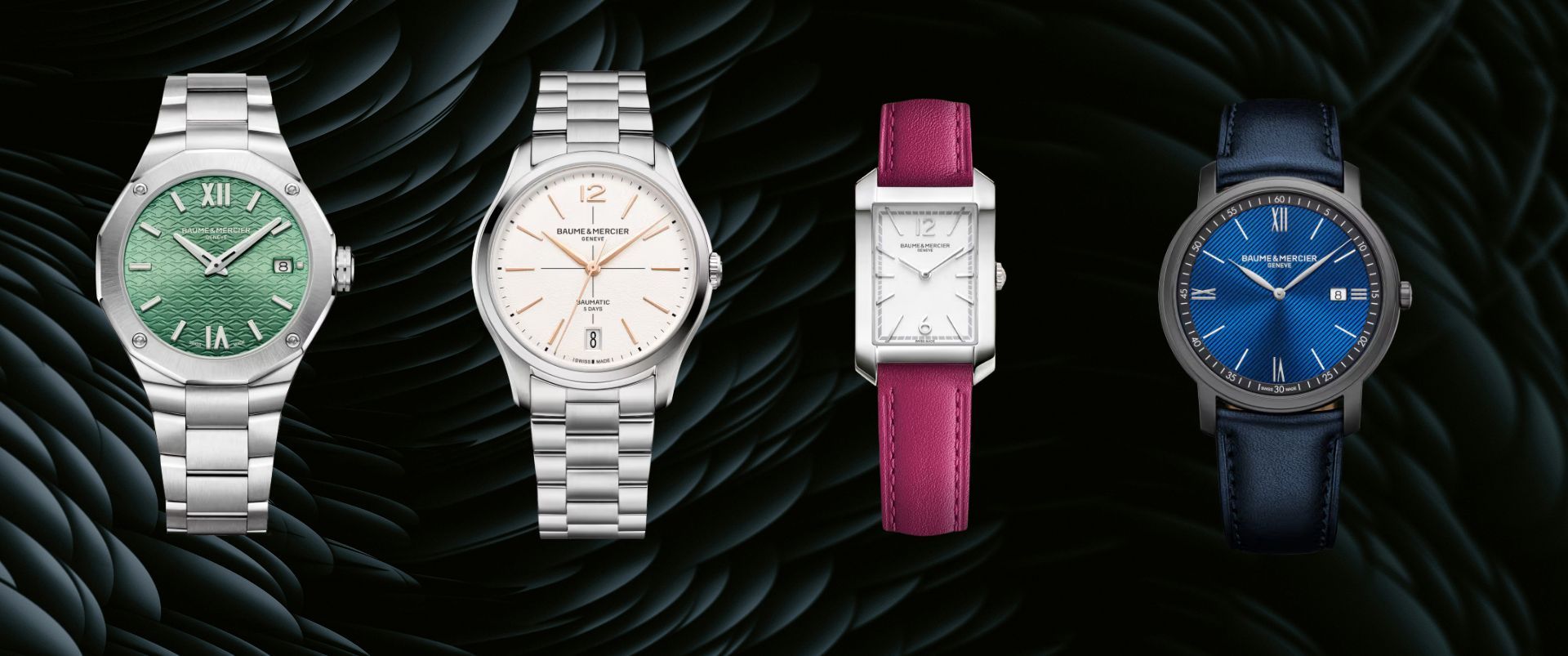An Iced-Out Exploration into The World of Gem-Set Watches
The lines between functional practicality and artisanal exception in watches occur somewhat blurred. Expressing sophisticated mechanisms with mind-numbing technicalities and bestowing the visual senses with an ornate aesthetic appeal, watches like many automotive inceptions blend two of the most amazing elements. Form and function reign in a unique equilibrium, such alluring that the realized opus is a mechanical work of art.
At the horological forefront, the most intricate and impressive artisanal crafts are reserved for movement-finishing techniques or dial creation tasks. The careful execution of decorative handwork on microscopic metal parts is an impressive feat of unparalleled skill and lends a timepiece its true value prowess. Apart from this somewhat intrinsic trend of horological embellishment, very special horological metiers d’art that borrow the meticulous efforts of gemsmithing are adopted for the very special timepieces that transcend into the upper echelons of ultra haute horlogerie excellence.
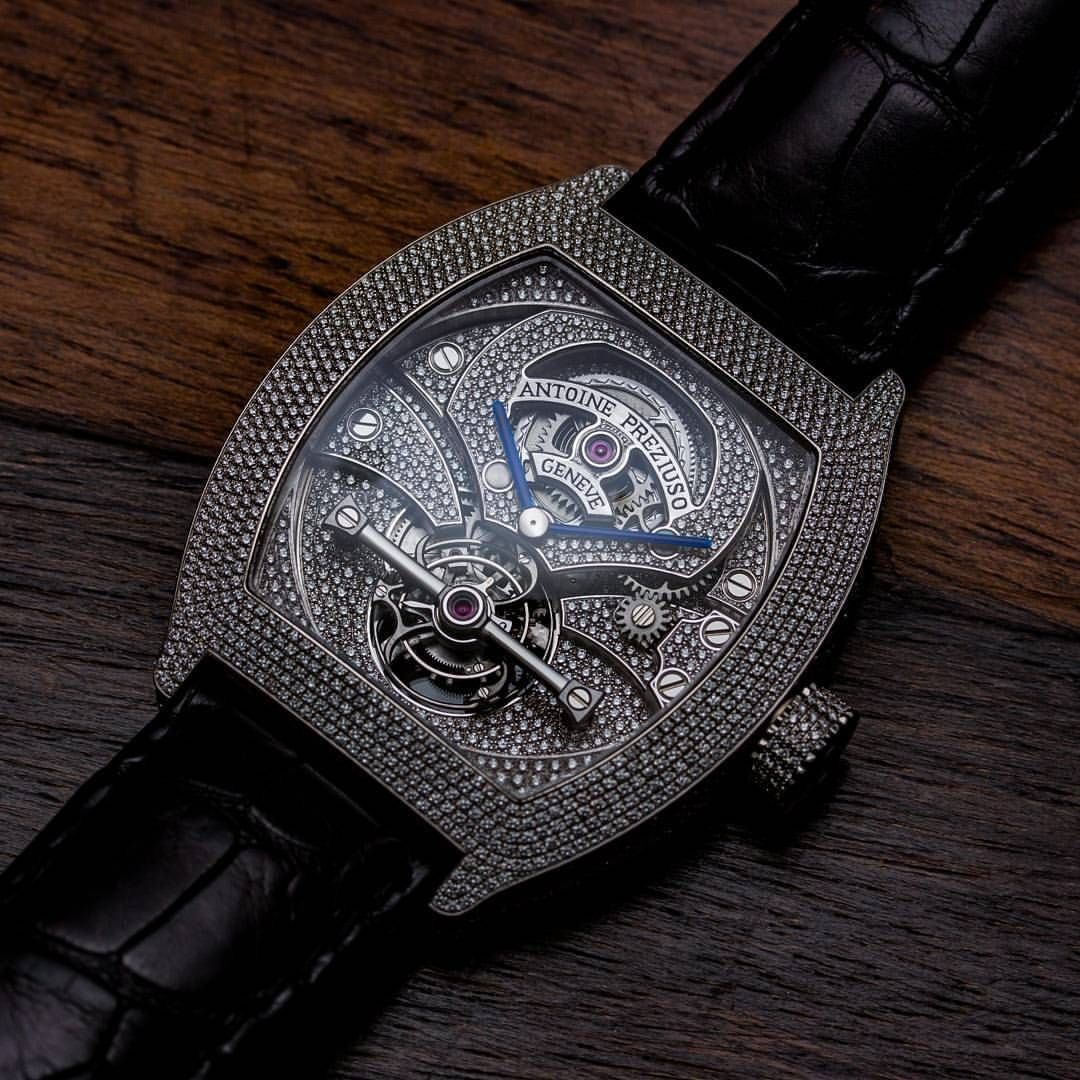
Take a look at Antoine Preziuso’s Stardust Tourbillon timepiece pictured above. Skills were pushed to the limit in an effort to create the world’s most beautiful watch. Expressing an image of stardust, this 1 of 1 timepiece is covered with 2052 of the world’s smallest cut diamonds. These gems embellish the facets of the case as well as the dial, each one painstakingly set within the claws carved by hand. If anyone boasts a tendency to dismiss gem-set watches as being too ‘showy’, then Antoine Preziuso’s masterpiece will surely shift their perspective.
Things You Should Know About Gemstones
The ornate gem-embellished timepieces that dazzle feature either diamonds, colored stones, or sapphires. Contrary to what many might think, procuring diamonds is actually a much easier process as diamond isn’t rare stone. There is abundant merchandise in the market distributed within a vast network of dealers. Colored stones on the other hand are much difficult to avail and work on as well. Take an example of the Rolex Daytona Cosmograph "Rainbow" with its vibgyor color scheme. The 36 multi-colored baguettes on the bezel occur in a rainbow-like color gradation with a progressive tonal shift achieved through meticulous stone selection and finishing. Such is the desirability that despite a $270,000 price tag, pre-owned examples sell in excess of $1,000,000.
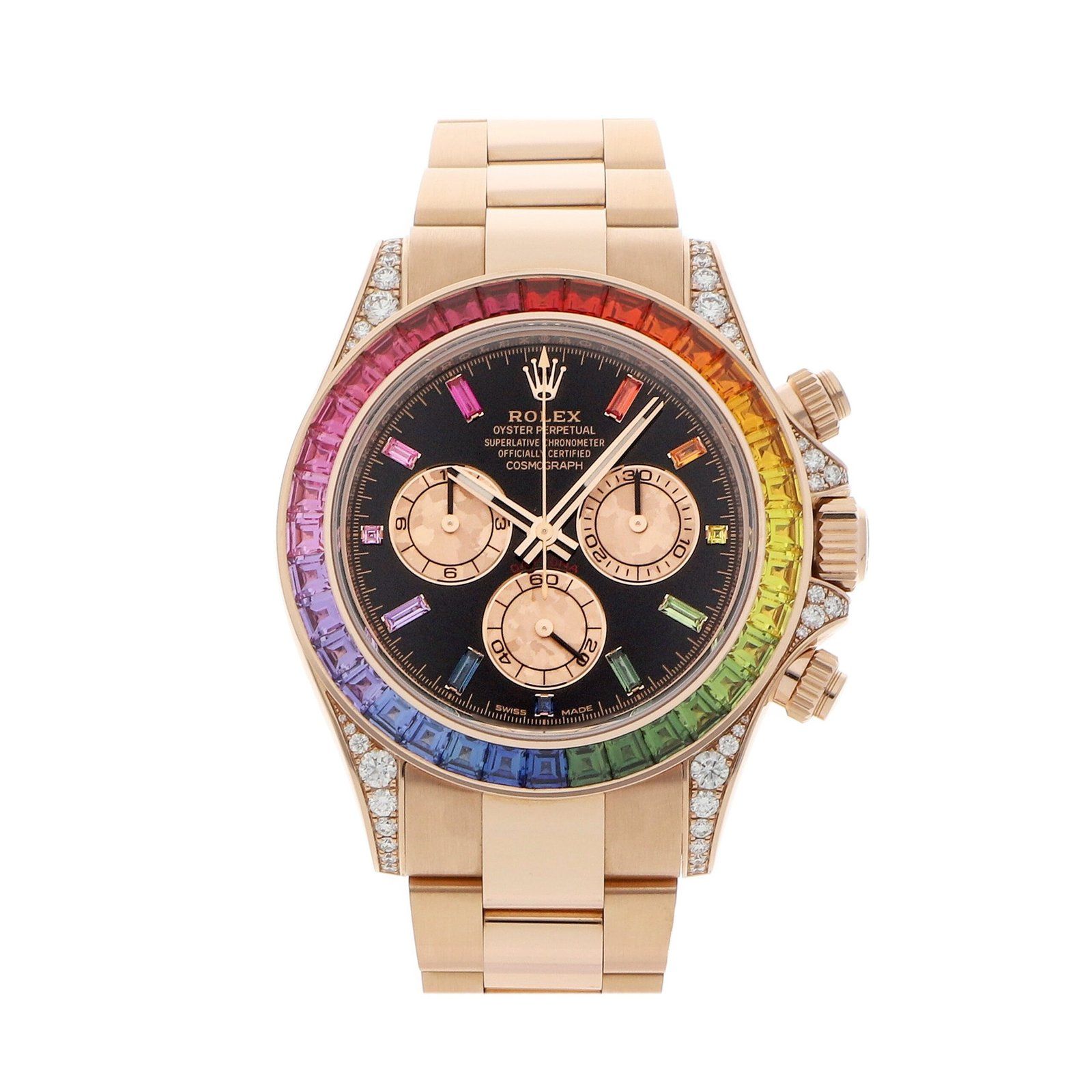
The Stages of Gemstone Decor in Watches
Setting constitutes only about 15-20% of the entire process. The first step is the conception, and planning for setting the stones. It is followed by the milling process or the groove-making phase depending upon the type of setting technique employed. It has to be executed with greater precision and stricter tolerances.
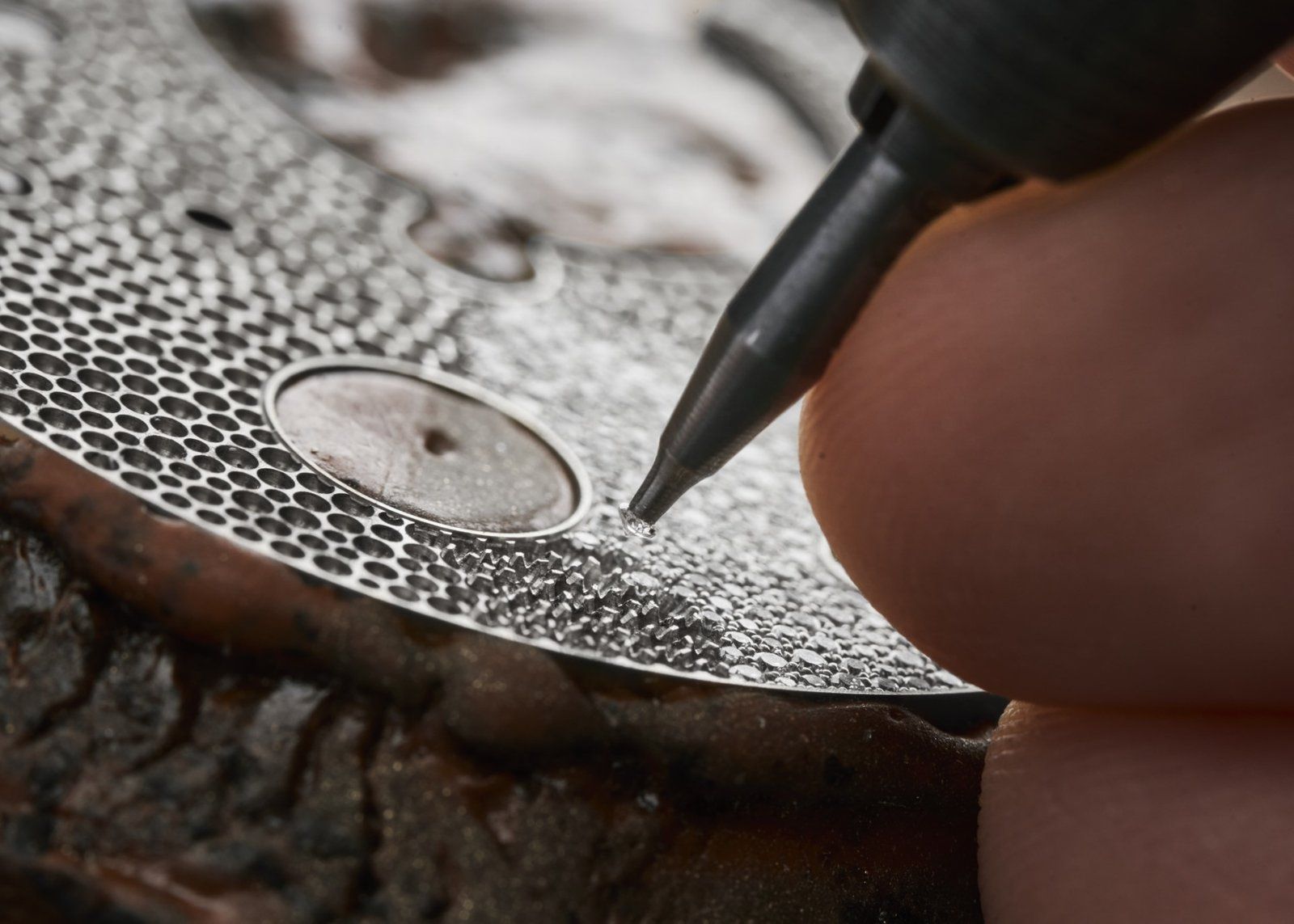
Then comes the cutting of stones. Re-cutting the stones systematically to desired specifications and aesthetic specs is a time-consuming endeavor. The process has to be excessively precise in factors of hundreds of millimeters. To hold these stones in place, grooves cut within the metal must be in microscopic tolerances so as to allow the setting of stones with an exacting standard of friction and pressure to fit within the indentations.
The Evolution of Modern Cuts and Gem-Setting in Watches
Learning about the techniques as well as the prominent examples that use gem setting as a method reveals how it elevates the overall collectability and desirability of timepieces. Right from an era when watches were rare works of art to a period of the cultural zeitgeist that equates gem-set watches with rap royalty, the evolution of adoration for the optically sophisticated gems has witnessed everything from round brilliant and baguette to emerald cuts.
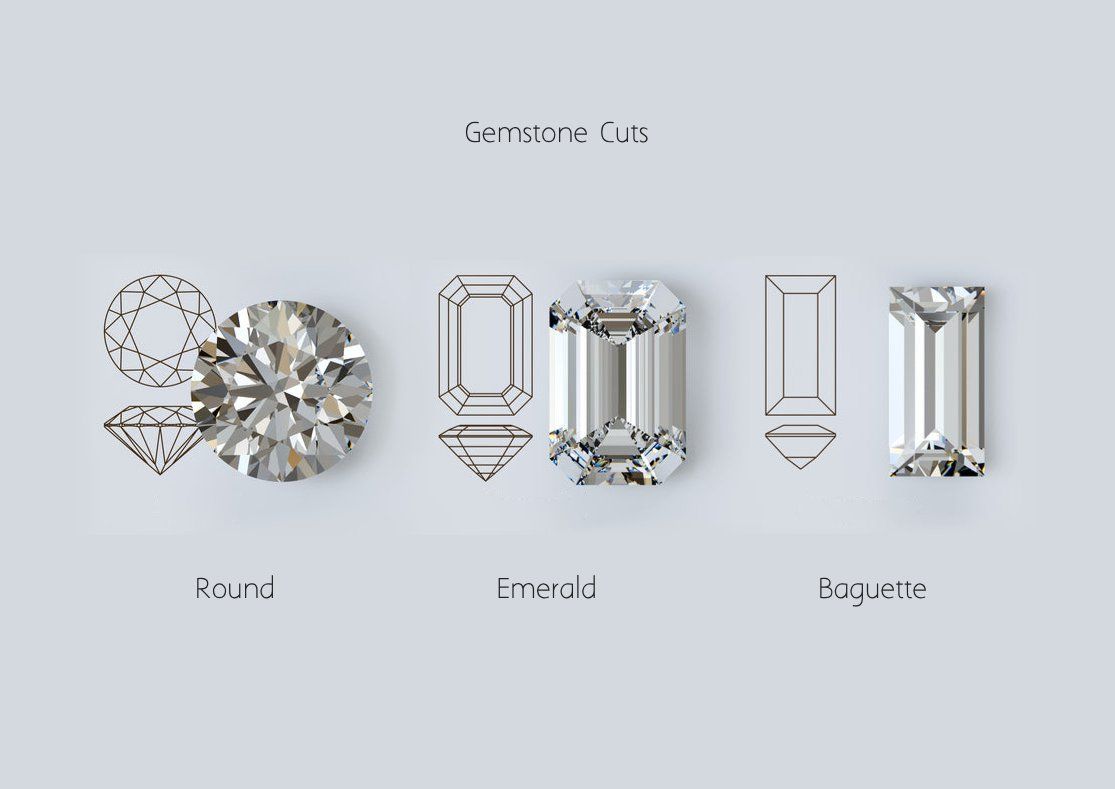
Each of the cuts has its own optical attributes and the playful reflection of light within the translucent gemstones is highly remarkable in the brilliant cut which maximizes the true value prowess of diamonds.
For the types of setting, horology adopts popular jewelry techniques to ornate the timepieces. For the wrist wonders, an additional challenge of matching the clarity and color of stones is omnipresent. The common techniques employed for setting the stones on watches vary with the placement platform and the desired aesthetic requisite.

Watch dials often showcase a dazzling array of pavé set diamonds where the adjacent placement of small stones gives the impression of paved continuity and consistency just like the cobblestone street it imitates. Parallel grains etched along the surface trap the edge of the stones to lock them in place.
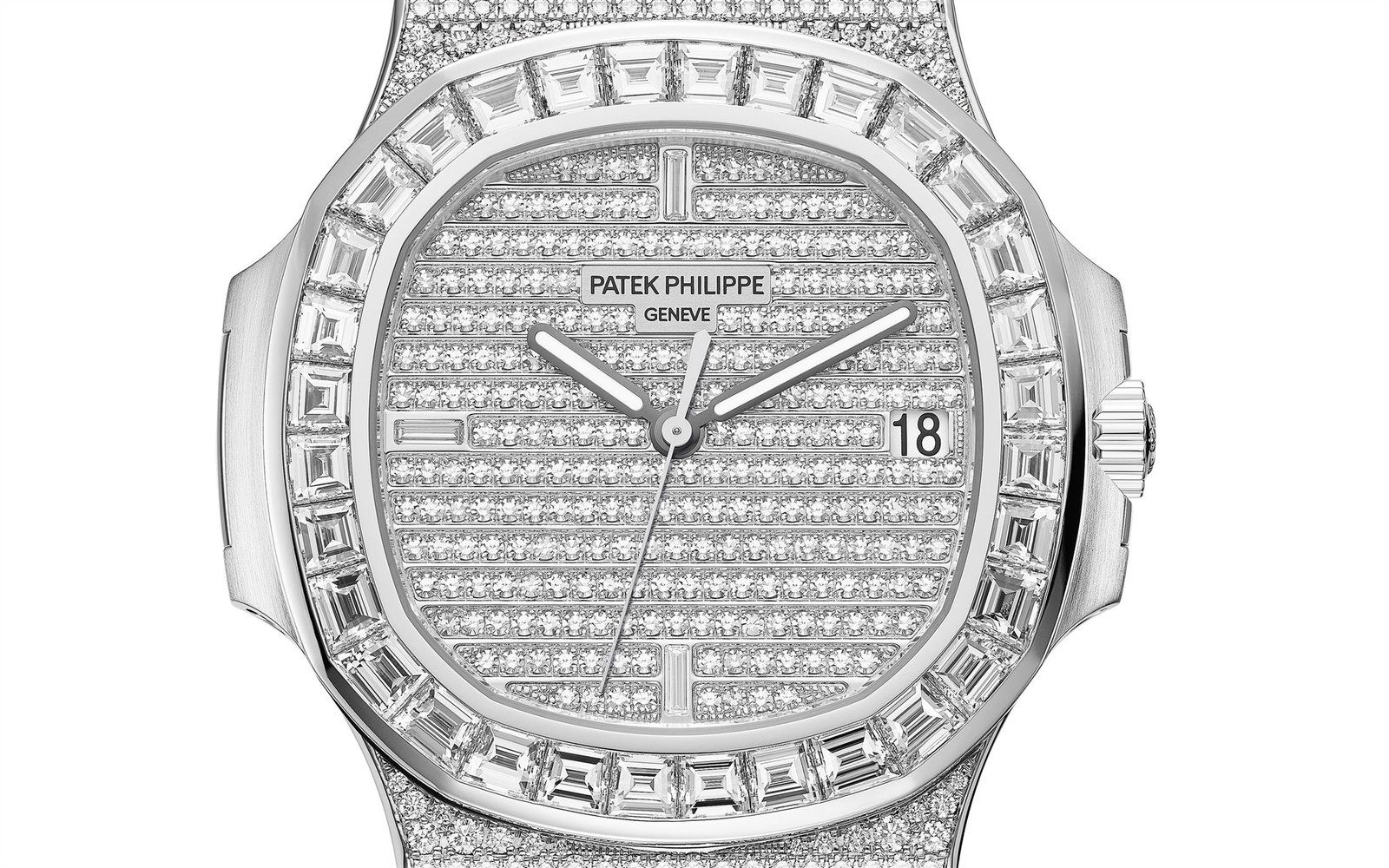
The self-explanatory technique of claw setting is a popular jewelry method of embellishing precious stones on metals. Curved metal prongs resembling a claw are carved out of the base metal and used to hold the stones in place. This method is traditional and leaves plenty of metal on the show.
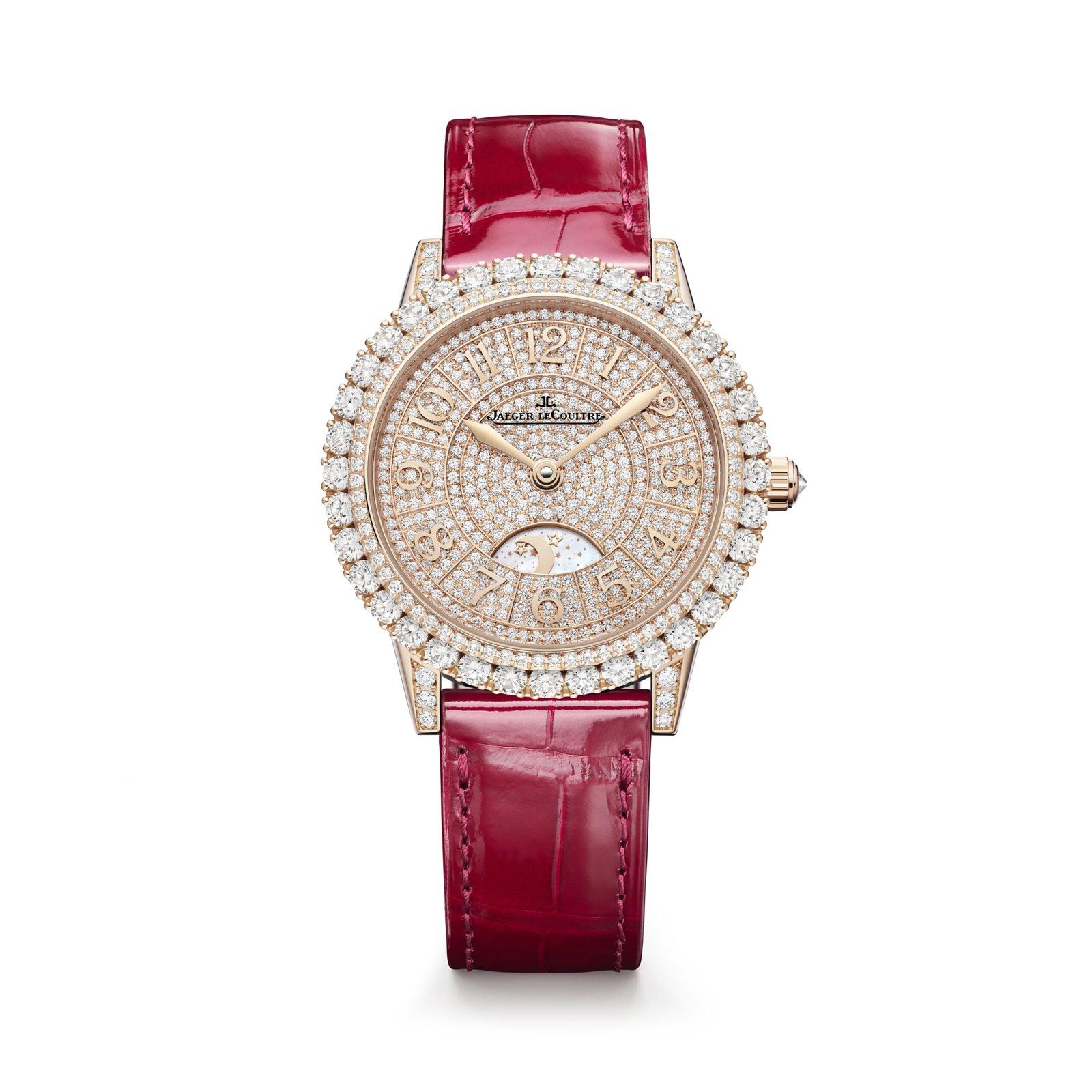
A rather mystical method of setting gemstones on watches is the invisible setting. In this type of setting, each of the stones is precisely cut to fit adjacent to the other, leaving no space in between. The result is a harmonious, radiant surface without interruption and no metal is on the show, hence an invisible setting.
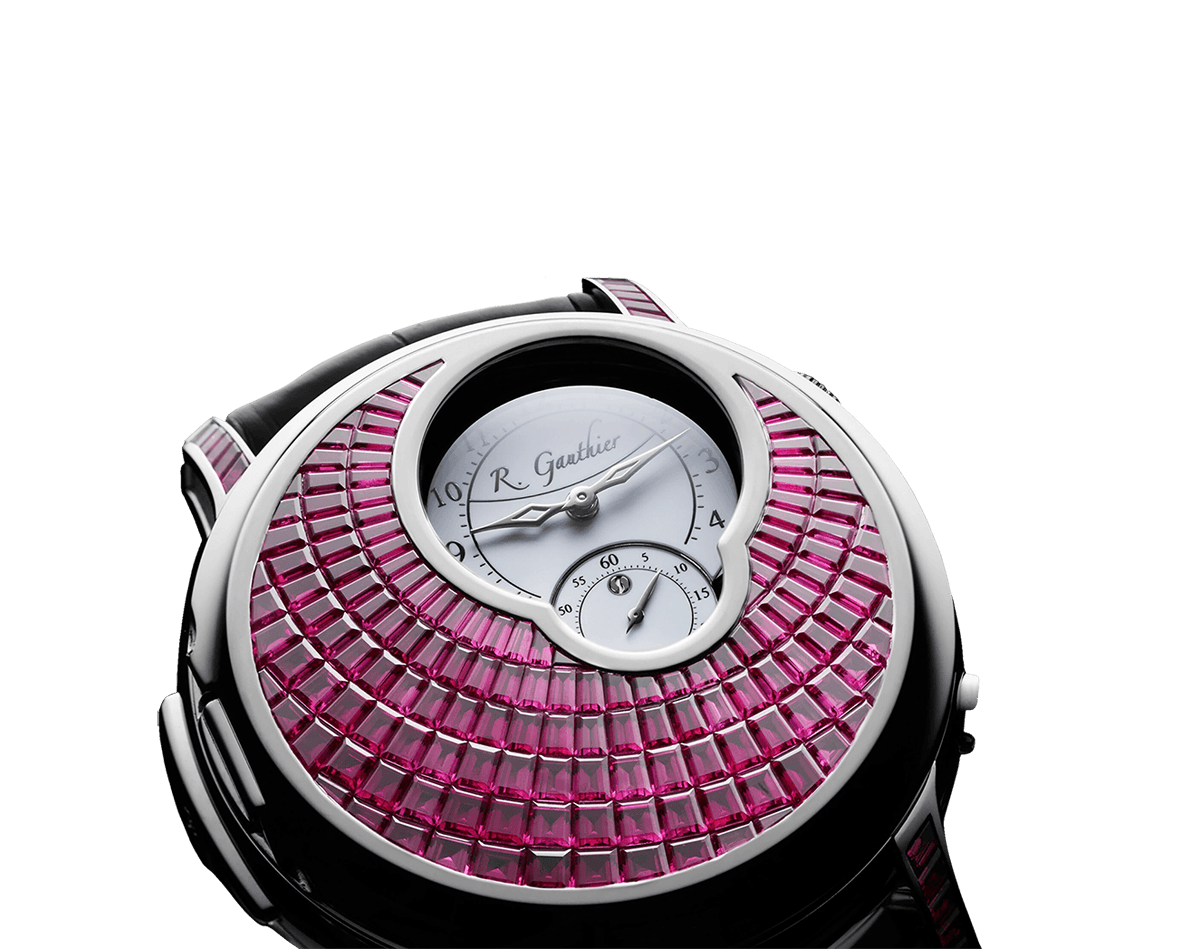
A very special method of gem-setting employed for timepieces is the so-called snow-setting method. This type of setting produces an aesthetic resembling freshly fallen snow as diamonds of varying diameters are arranged to yield a subtle chaos that is disruptive yet beautiful. Jaeger-LeCoultre is credited for creating the craft.

Another of JLC’s inceptions is the rock setting method developed by master gem setter Alan Kirchhof in the early 2000s. This gem-setting method replicates the uninterrupted and harmonious aesthetic of an invisible setting but without the need to cut into the stones. Molten gold is poured on the upside-down diamonds to secure them, hence creating an invisible set.
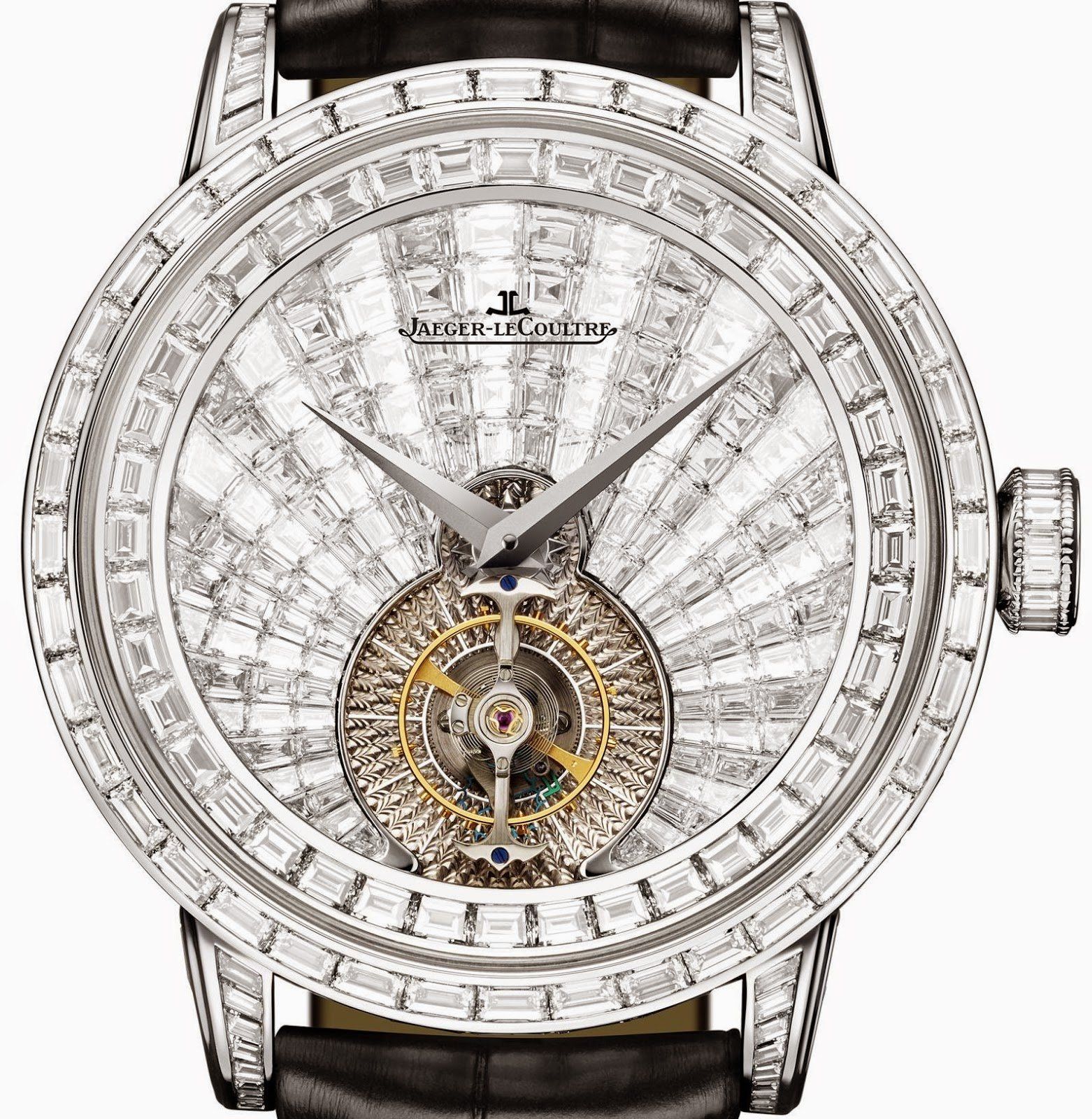
One of the oldest forms of gem-setting, the bezel setting is a way of lending the stones an attachment metal with help of metal collars surrounding it. It’s a very secure setting method and a natural choice for setting watch crowns and of course bezels with gemstones.
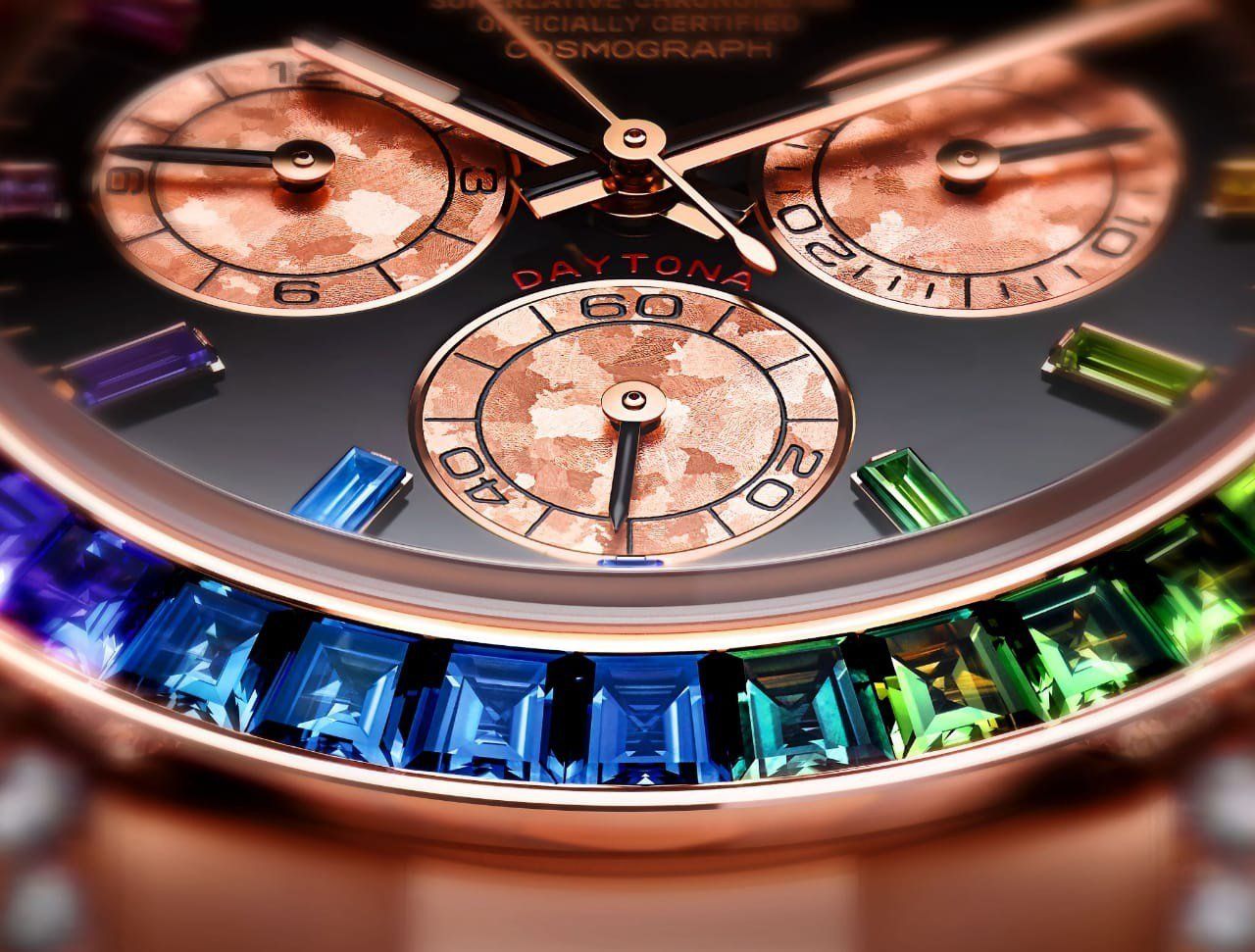
The horological metiers d’art of gem-setting is a laborious manual endeavor that calls for great skills and sophistication. It is only when you hold a gem-set watch in hand and let it dazzle under shifting light that you can truly appreciate its true charm. These timepieces are a result of infinite dexterity, highly developed skills, and an honest attempt at collaboration of expertise.
No articles found


